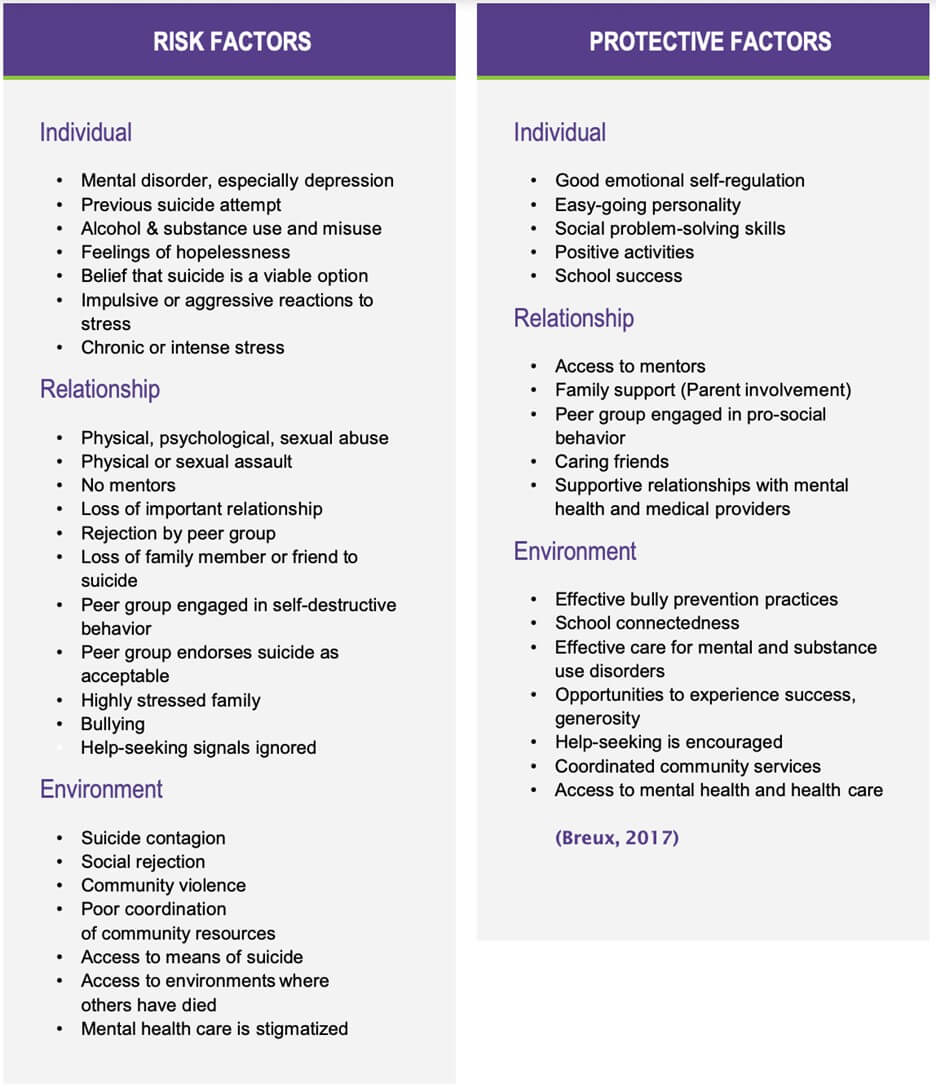A nurse caring for a cut is who has a deep vein thrombosis and is prescribed heparin by continuous infusion at 1,200 U/hr. Ava A heparin 25,000 units in 500 mL DSW. The nurse should set the IV pump to deliver how many mL/hr? (Round the answer to the nearest tenth number. Use a leading zero if it applies. Do not use a trailing zero.)
The Correct Answer is ["24"]
To calculate the mL/hr for the heparin infusion, you can use the formula:
mL/hr = (Total units required per hour) / (Units/mL in the solution)
Given:
Total units required per hour = 1,200 U/hr
Units/mL in the solution = 25,000 U / 500 mL = 50 U/mL
Plugging in the values:
mL/hr = (1,200 U/hr) / (50 U/mL)
mL/hr = 24 mL/hr (rounded to the nearest tenth)
Therefore, the nurse should set the IV pump to deliver 24 mL/hr for the heparin infusion.
Nursing Test Bank
Naxlex Comprehensive Predictor Exams
Related Questions
Correct Answer is ["C","D","E"]
Explanation
A. Female gender: Incorrect
While the risk of attempted suicide is generally higher in females, completed suicide rates are higher in males. Therefore, being female is not typically considered a primary risk factor for suicide,though it's important to note that both genders require attention for prevention.
B. Currently married: Incorrect
Being married is generally considered a protective factor against suicide. Social support and close relationships tend to reduce the risk of suicidal behavior.
C. Age greater than 45 years old: correct
Suicide risk tends to increase with age, particularly for men. Individuals over 45, especially those facing chronic illness, social isolation, or significant life changes, are at higher risk.
D. Substance use disorder: Correct
Substance use disorder is a significant risk factor for suicide. Substance abuse can contribute to feelings of hopelessness and despair, impair judgment, and lower inhibitions, increasing the likelihood of suicidal behavior.
E. Schizophrenia: Correct
Schizophrenia is a mental disorder associated with an increased risk of suicide. The symptoms of schizophrenia, such as hallucinations, delusions, and feelings of isolation, can contribute to severe distress and increase the risk of suicidal ideation and behaviors.

Correct Answer is A
Explanation
A. "Tell me what is concerning you."
This response is the most therapeutic option. It invites the spouse to share their concerns and feelings, showing empathy and active listening. It opens the door for effective communication and understanding the spouse's perspective.
B. "Your husband is making really good progress."
While this response provides information about the husband's progress, it doesn't directly address the spouse's concerns or feelings. The spouse's emotional state needs to be acknowledged and explored before discussing the husband's progress.
C. "Did your husband say something to upset you?"
This response makes an assumption that the husband said something to upset the spouse. It might come across as accusatory or dismissive of the spouse's feelings. It's important to give the spouse the opportunity to express their emotions in their own words.
D. "Crying helps us let things out and we feel better."
This response offers a general statement about crying, but it doesn't directly address the spouse's concerns or invite further conversation. While it's true that crying can be cathartic, the focus here should be on understanding the spouse's specific worries.
Whether you are a student looking to ace your exams or a practicing nurse seeking to enhance your expertise , our nursing education contents will empower you with the confidence and competence to make a difference in the lives of patients and become a respected leader in the healthcare field.
Visit Naxlex, invest in your future and unlock endless possibilities with our unparalleled nursing education contents today
Report Wrong Answer on the Current Question
Do you disagree with the answer? If yes, what is your expected answer? Explain.
Kindly be descriptive with the issue you are facing.
